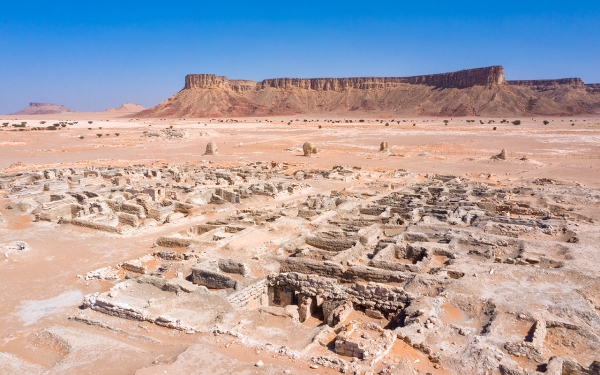
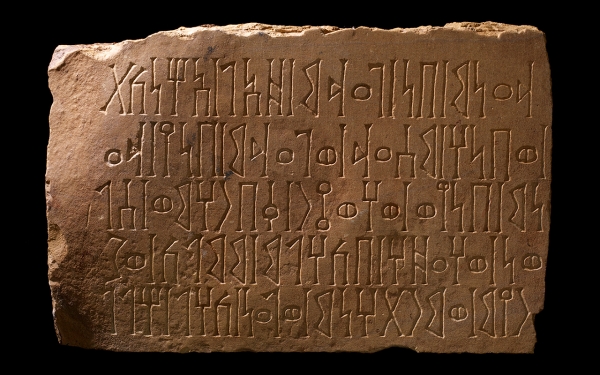
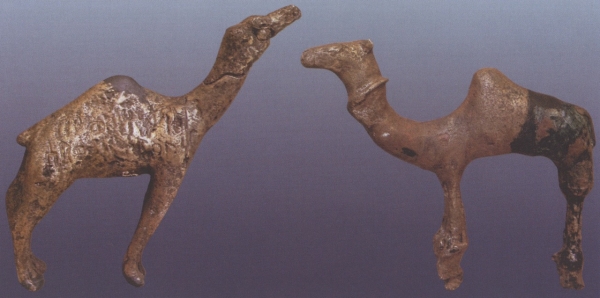
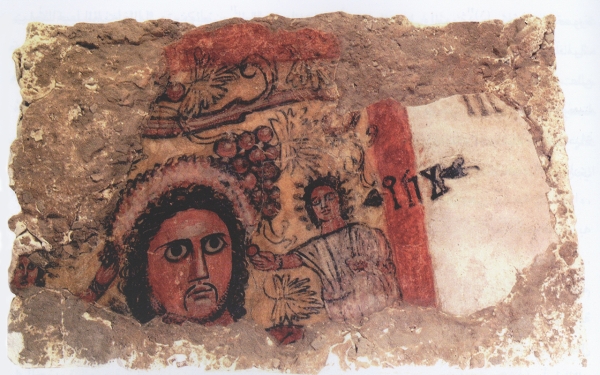
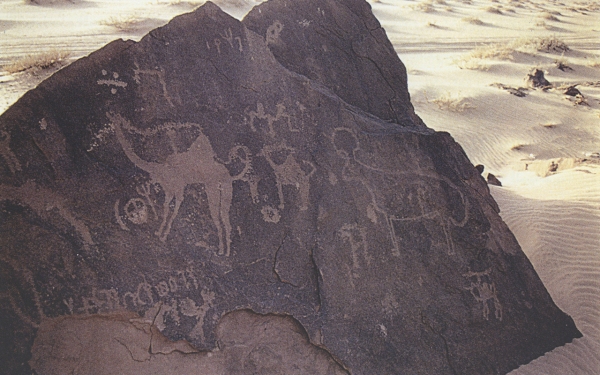
The archeological city of Qaryat al-Faw is one of the most important ancient sites in the Arabian Peninsula. It is located seven hundred km southwest of Riyadh, the capital of the Kingdom of Saudi Arabia. The city lies in a gap between the Tuwaiq Mountains, intersects with Wadi Al-Dawasir, and overlooks the northwestern edge of the Empty Quarter. Al-Faw is located about 150 km from the southeast of Wadi Al-Dawasir Governorate.
Qaryat al-Faw is situated on the western edge of the Empty Quarter, northeast of Najran Province, one of the most remote and dry sites in Saudi Arabia. When the village flourished commercially between the third and fourth centuries BC, it became an important oasis on the incense trade route between the south of the Arabian Peninsula and Mesopotamia, spanning a protected area of fifty km², surrounded by a buffer zone covering 275 km². The city's ancient names include Qaryat Dhat Kahl.
In the past, the ancient village of al-Faw was the capital of the Kingdom of Kinda, which played an important role in the history of the Arabian Peninsula for more than five centuries. It was also a major commercial center and a crossroads for caravan routes. The Old Silk Road, which was known as the Najran Road, also passed through it. Throughout its history, it contained about seventeen water wells, and its population was engaged in agriculture and trade.
Monuments of Qaryat al-Faw
Qaryat al-Faw archaeological site boasts an array of diverse architectural styles and human civilization monuments, such as markets, roads, tombs, temples, water wells, residential houses, and sophisticated furniture. Antique furniture has emerged as a notable feature among the distinctive antiquities in Saudi Arabia. These remarkable pieces include a gilt bronze funerary bed dating back to the third century BC, as well as a limestone censer dating to the sixth century BC.
Alongside the artifacts, many Arabic writings have been found in the region, revealing lifestyles of the past. The people of Qaryat al-Faw wrote on a range of topics, thus providing more in-depth revelations on religious and commercial issues.
There are traces of Greek and Hellenistic art in the form of paintings and other artifacts in the city. This also highlights that the residents of al-Faw have interacted with distant cultures.
Historical cemeteries in al-Faw Archaeological Site
Al-Faw witnessed the settlement of a number of ancient kingdoms and civilizations, whose cemeteries are a testament to the life and death of these civilizations. There are three types of cemeteries that can be distinguished in al-Faw. The first are collective family cemeteries that belonged to families and individuals of heightened political and social status. The tomb is five m deep, one m wide and six m long from north to south. The second type was reserved to noblemen. This tomb consists of two, eastern and western rooms, with a ditch in the middle that is 3.5 m deep. Moreover, there are holes in the eastern and western sides to help people enter the tomb.
Public cemeteries are the third type and were reserved to the common people. They are located on northeast of the city, on the edge of the western valley in the plaster area that lies to the north of the market. These cemeteries resemble Islamic tombs, and consist of an irregular and un-plastered ditch, which is between one and five m long and ends with a grave that is closed with a clay (38x38x12 cm) door. The latter is the same size as the one used in the village buildings. Upon opening them, excavators found several jars among the dead.
Archeological discoveries in al-Faw
in July 26, 2022, the Heritage Authority announced that a Saudi scientific team and international experts successfully uncovered more secrets in al-Faw through an archaeological survey that led to several archaeological discoveries. The most important of which is a place in which al-Faw residents used to practice their rituals. This rock-cut temple is situated on the edge of Mount Tuwaiq, known as Khashem Qaryah, east of aAl-Faw. Moreover, the location revealed the remains of a stone temple, parts of an altar, and several devotional inscriptions.
The remains of eight-thousand-year-old Neolithic human settlements have been discovered, in addition to 2,807 graves of different periods, which have been classified into six groups.
Al-Faw, along with three archaeological Saudi villages, are added to a list of ten sites in Saudi Arabia to be registered in the World Heritage List of the United Nations Educational, Scientific and Cultural Organization (UNESCO).
The Cultural Landscape of al-Faw Archaeological Site in UNESCO
In 2024, the cultural landscape of al-Faw archaeological site was inscribed on the UNESCO World Heritage List, making it the eighth Saudi site to be recognized as a World Heritage Site by UNESCO following Hegra archaeological site inscribed in 2008, al-Turaif District in Diriyah inscribed in 2010, Historic Jeddah inscribed in 2014, Rock Arts site in Hail Province inscribed in 2015, al-Ahsa Oasis inscribed in 2018, al-Hima cultural area inscribed in 2021, Uruq Bani Ma’arid Reserve inscribed in 2023.
Related quizzes
Related articles

